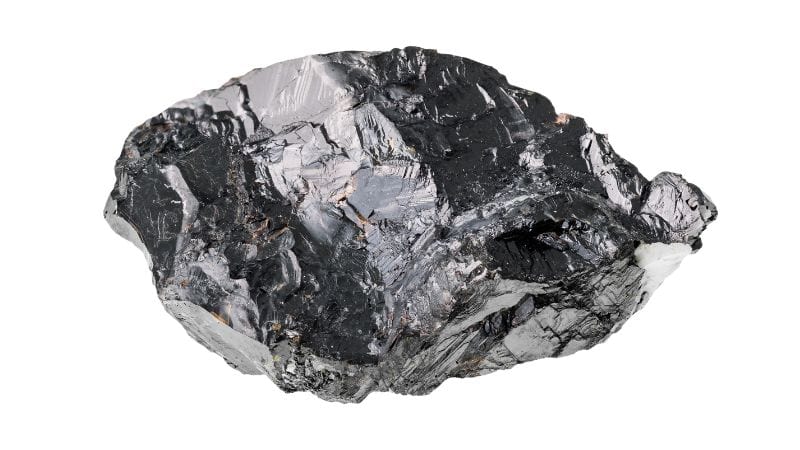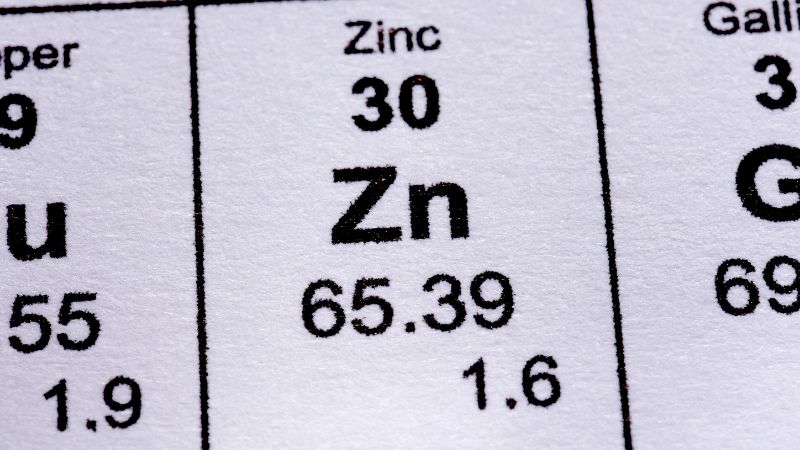What is Zamak?
Zamak is a family of metal alloys known for their strength, hardness, and affordable cost. These alloys are often used in construction, die casting, and many other industries due to their special mix of metals and reliability.
Zamak is mainly made from zinc. In addition to zinc, small amounts of aluminum, magnesium, and copper are mixed in.
- Zinc: Forms the largest part of Zamak, usually over 95%.
- Aluminum: Increases strength and helps the metal hold its shape.
- Magnesium: Improves hardness and makes the metal more durable.
- Copper: Adds more toughness and resistance to wear.
Because of this mix, Zamak alloys can be easily shaped through a process called die casting.
History and Development of Zamak
Zamak was first made in the late 1920s by the New Jersey Zinc Company. The name “Zamak” comes from the German names of its main metals.
After its patent in 1929, Zamak started replacing other materials in tools and machine parts. Developers kept refining the formula to improve how it melted and poured.
By the 1930s, Zamak’s benefits—especially its low cost and ease of use are saw by people. It soon became common in cars, household goods, toys, and hardware.
Today, you can find Zamak in products such as zippers, door handles, and electrical fittings.
Common Grades of Zamak
There are several grades of Zamak. Each is slightly different based on how much of each metal is present.
The most common grades include Zamak 2, Zamak 3, Zamak 5, and Zamak 7.
| Grade | Main Features | Typical Uses |
|---|---|---|
| Zamak 2 | Highest strength, less ductile | Gears, structural parts |
| Zamak 3 | Most widely used, good balance | Door handles, toys, hardware |
| Zamak 5 | Extra copper for more strength | Mechanical components, electronics |
| Zamak 7 | Highest purity, better for casting | Fine details, thin-walled parts |
Most everyday products are made from Zamak 3.
Key Properties of Zamak

Mechanical Characteristics
Zamak alloys have good strength and hardness for their class. They can handle moderate loads and resist wear.
Common Zamak ‘s blended material makes Zamak easy to cast into detailed shapes using die casting.
Zamak is also ductile, which means it can bend a bit without breaking.
Corrosion Resistance
One major benefit of Zamak is its corrosion resistance. Since the main component is zinc, Zamak naturally resists rusting when exposed to air and moisture.
This property helps Zamak parts last longer, especially indoors or in mild outdoor conditions.
For harsher environments, Zamak by itself may not perform as well as some other metals like stainless steel. However, it usually performs fine for most household, automotive, and decorative items.
Zamak Manufacturing Processes
Zamak Die Casting
Zamak is usually shaped using high-pressure die casting. In this process, molten zamak is injected into a steel mold under high pressure.
This method is popular because it makes parts quickly and with very precise shapes. You can produce items from small gears to phone cases.
It’s especially useful if you need a lot of the same part, since the molds last a long time.
You can choose the type based on strength, formability, or finishing needs. Since zamak melts at a lower temperature than many other metals, die casting uses less energy.
This helps save costs and makes the process more efficient.
Machinability of Zamak
After die casting, you might need to machine zamak for things like drilling holes or adding threads. Zamak is easy to machine, so you can shape or cut it with regular tools.
Parts made from zamak often need little extra finishing. You can easily sand, polish, or coat zamak parts.
This gives you more flexibility in your manufacturing process if you need custom shapes.
Applications of Zamak

Automotive Components
You will find Zamak in many parts of cars and trucks. It is used for door handles, emblems, window regulators, and other small hardware pieces.
Car makers also use Zamak for electrical connectors and gear parts, since it offers both strength and good electrical conductivity.
Consumer Products
Common products include appliance parts, bathroom fixtures, furniture handles, and decorative pieces.
Its smooth surface and ability to be finished in different ways make these objects both useful and attractive. You also see Zamak in light switches, phone covers, and small tools because it can be molded into detailed shapes quickly.
Since Zamak is less expensive than metals like brass or aluminum, it helps keep the cost of these products down without lowering quality.
Benefits and Limitations
Zamak has both strengths and weaknesses when compared to other metals. Its features make it useful for many projects, but some limits may influence your choice.
Advantages Over Other Alloys
Zamak stands out for its cost-effectiveness. Because of its low melting point, you can save on energy costs during manufacturing.
This also helps extend the life of molds, which means you can produce more parts before needing replacements. Another key benefit is die castability.
Zamak flows easily into molds, letting you create complex shapes with smooth surfaces. This makes detailed parts possible without extra finishing steps.
Plus, it’s lighter than steel but stronger than pure aluminum, making it suitable for parts where weight matters, like household fixtures. Lastly, working with Zamak is simpler.
Limitations of Zamak
Zamak melts at ~380°C, making it unsuitable for high-temperature environments. Prolonged exposure above 100°C can cause deformation or creep.
Zamak also has lower tensile strength. It tensile strength ranges from 200–350 MPa (depending on alloy), which is lower than many aluminum alloys (up to 500+ MPa) and far below steel. Unsuitable for high-stress applications.
Zamak in Manufacturing and Processing
- Porosity: Die-cast parts may contain micro-porosity, compromising airtightness or pressure resistance.
- Machining Challenges: Not ideal for post-casting machining due to brittleness; best suited for near-net-shape casting.
- Surface Finishing Requirements: Requires precise pre-treatment for plating or painting to ensure adhesion and prevent oxidation.
